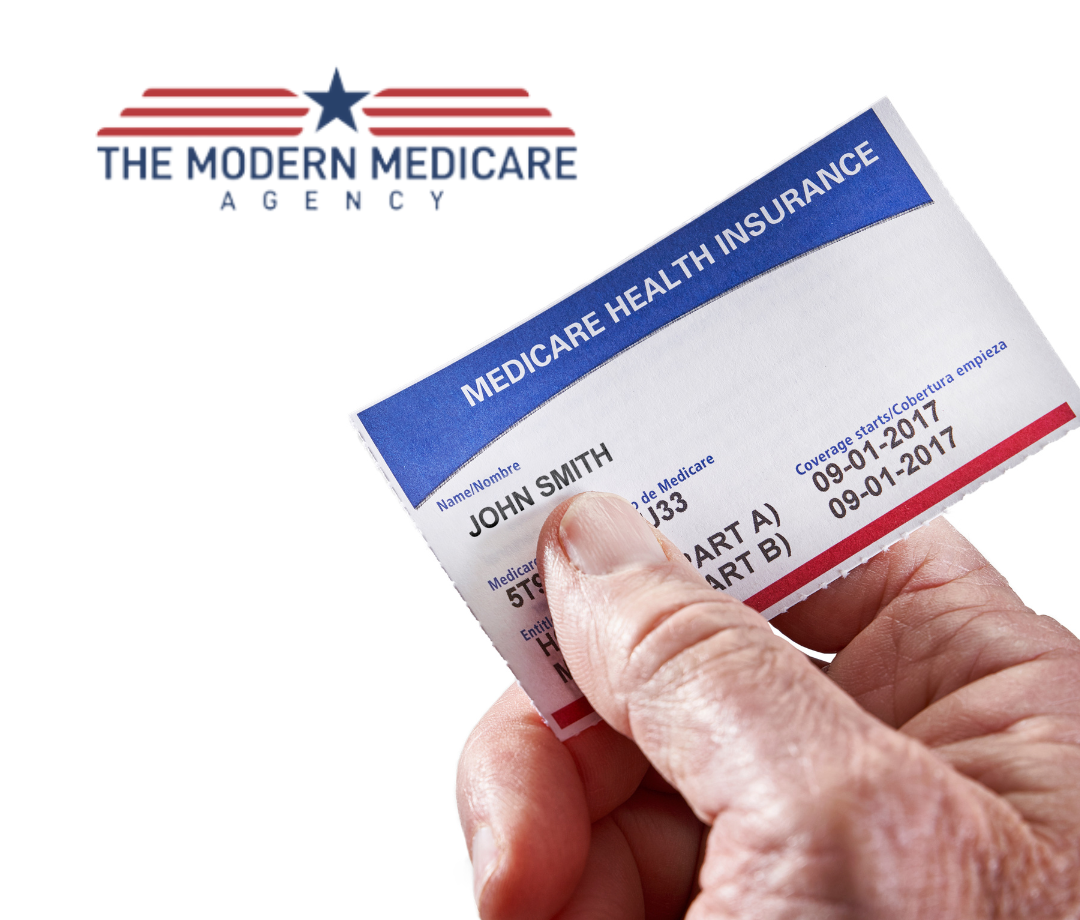The Facts About Medicare Advantage Agent Revealed
The Facts About Medicare Advantage Agent Revealed
Blog Article
Medicare Advantage Agent Fundamentals Explained
Table of ContentsOur Medicare Advantage Agent PDFsThe smart Trick of Medicare Advantage Agent That Nobody is Talking AboutFascination About Medicare Advantage Agent


follows from adheres to the perplexing young reasonably profile of the uninsured with the better healthFar better health and wellness average, standard younger persons. For those without access to workplace health and wellness insurance policy, poor health is a prospective obstacle to acquiring nongroup protection because such insurance coverage may be highly priced, exclude pre-existing problems, or be merely unavailable. Unless otherwise noted, nationwide estimates of people without health insurance coverage and percentages of the populace with different kinds of coverage are based on the CPS, the most widely used resource of price quotes of insurance protection and uninsurance rates.

The Buzz on Medicare Advantage Agent
The partnership in between health insurance policy and accessibility to care is well established, as documented later on in this phase. The connection between wellness insurance policy and wellness outcomes is neither straight neither straightforward, an extensive medical and wellness solutions research literary works web links wellness insurance coverage
to improved enhanced accessibility care, better much betterTop quality and improved boosted individual population health wellnessCondition The second record, on personal health and wellness results for uninsured grownups, is represented by the inner circle of the number, while the third record, on household well-being, encompasses the topics of the 2nd record but stresses a various unit of analysis, specifically, the family.
In addition, it focuses especially on those with no health insurance policy for any kind of size of time. The troubles dealt with by the underinsured remain in some aspects comparable to those faced by the without insurance, although they are normally much less serious. Uninsurance and underinsurance, nevertheless, involve clearly various plan concerns, and the approaches for addressing them might vary. Throughout this study and the 5 records to follow, the main focus is on individuals with no medical insurance and hence no help in paying for wellness treatment past what is offered with charity and safeguard institutions. Health and wellness insurance is an effective element impacting receipt of treatment due to the fact that both patients and doctors reply to the out-of-pocket cost of solutions. Wellness insurance policy, nevertheless, is neither necessary nor adequate to access to medical services. The independent and straight result of health and wellness
insurance coverage on access accessibility health services solutions well established. Others will certainly get the healthcare they require also without health insurance, by paying for it out of pocket or seeking it from suppliers that supply treatment free or at very subsidized prices. For still others, medical insurance alone does not make sure invoice of care as a result of other nonfinancial barriers, such as an absence of healthcare carriers in their neighborhood, limited accessibility to transportation, illiteracy, or linguistic and social differences. Formal research about uninsured populations in the United States dates to the late 1920s and early 1930s when the Committee on the Cost of Healthcare generated a series of reports regarding funding medical professional office gos to and hospital stays. This issue ended up being salient as the varieties of i thought about this medically indigent climbed throughout the Great Anxiety. Empirical studies consistently support the link between accessibility to care and boosted wellness results(Bindman et al., 1995; Starfield, 1995 ). Having a routine resource of treatment can be considered a forecaster of gain access to, as opposed to a direct action of it, when wellness end results are themselves made use of as accessibility indications. This extension of the concept of gain access to dimension was made by the IOM Board on Keeping Track Of Access to Personal Health Treatment Services(Millman, 1993, p. Whether moms and dads are insured appears to affect whether or not their children receive webpage treatment along with just how much careeven if the children themselves have protection(Hanson, 1998). The wellness of parents can impact their capability to care for their kids and the degree of household anxiety. Bothering with their kids's access to care is itself a resource of stress and anxiety for parents. 3 chapters follow in this report. Phase 2 supplies a review of just how employment-based medical insurance, public programs and individual insurance plans operate and interact to supply substantial but incomplete insurance coverage of the U.S. population. This includes a testimonial of historical trends and public laws influencing both public and private insurance coverage, a discussion of the communications amongst the different kinds of insurance, and an examination of why people move from one program to another or finish up

Report this page